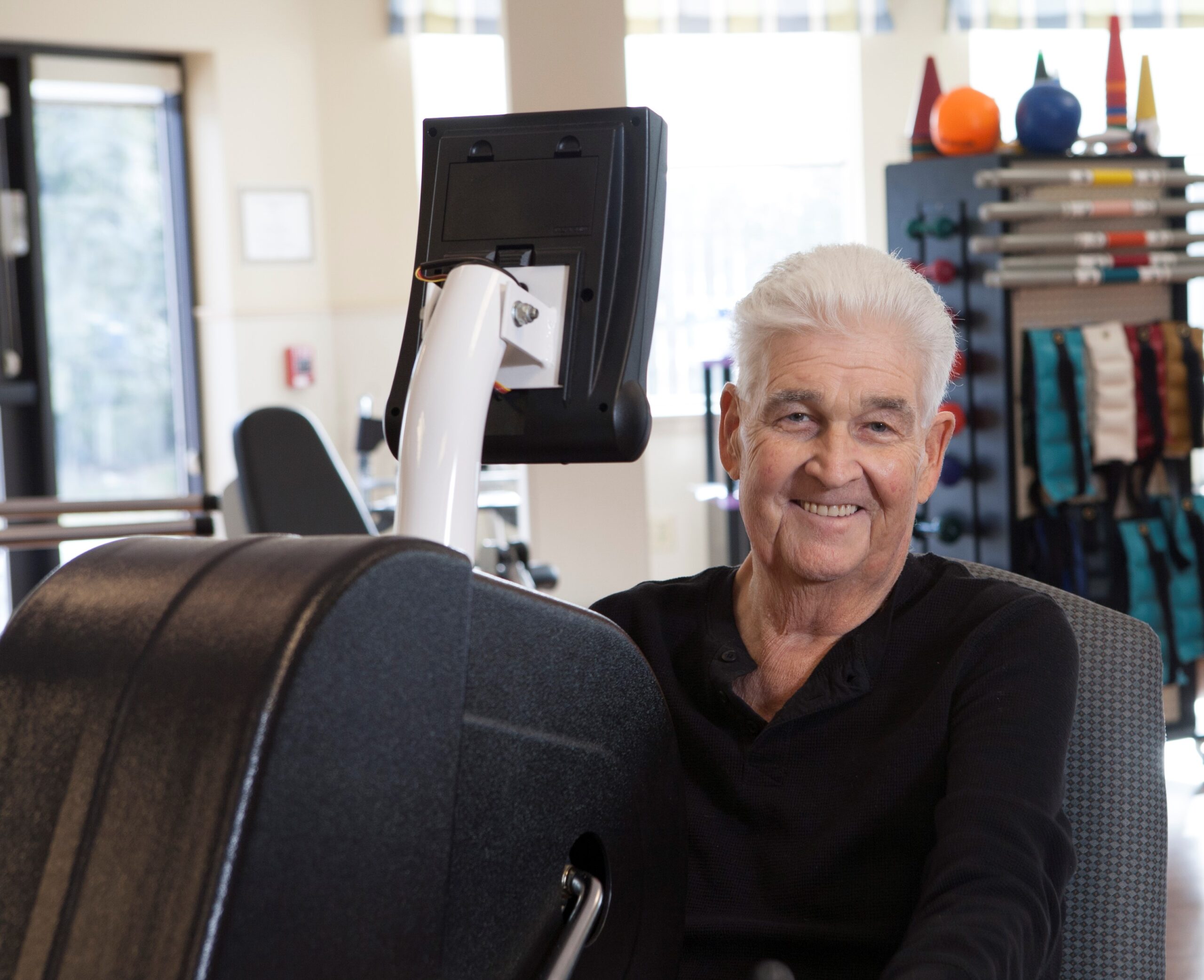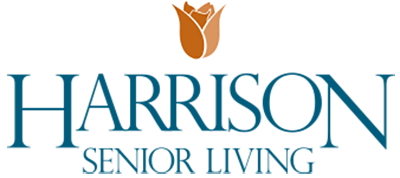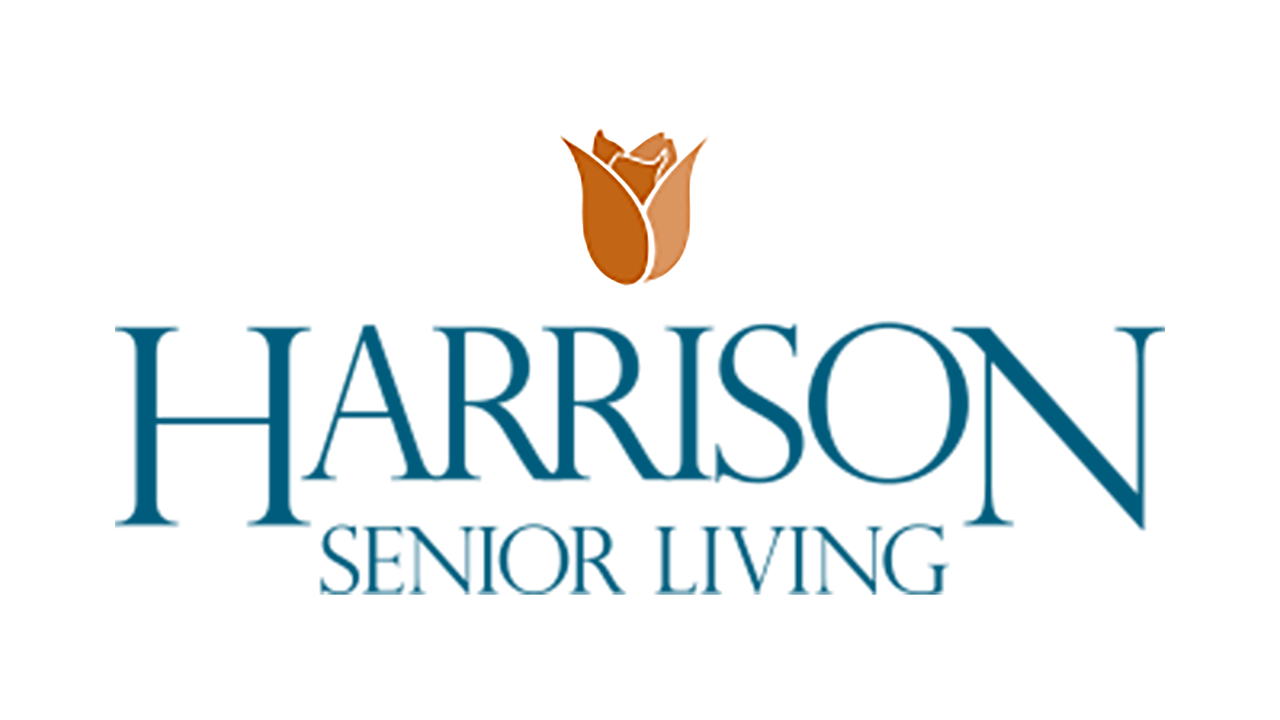5 Simple Exercises for Seniors: How to Stay Active

Exercise looks different at every stage of life, but one thing remains consistent. Maintaining an active lifestyle is crucial to staying healthy well into advanced age. Exercises for seniors should be focused on supporting long-term physical and mental health.
Motivations for staying physically active later in life are typically health-based, so exercises for seniors tend to emphasize muscle maintenance as opposed to muscle growth. While most seniors recognize that they cannot work out the same way they did in young adulthood, or even middle age, they may be struggling to find a routine that fits their current needs.
Exercises for seniors need to be appropriate for various levels of fitness and accessibility. They should be easy to learn and modify if they are to become long-term habits.
Benefits of Exercising for Seniors
The benefits of exercise are fairly consistent for all people. When paired with a healthy diet, exercise promotes long-term physical and mental health.
Physically, the benefits of exercises for seniors include improved balance, higher energy, vascular health, range of motion, and heart and lung health. Seniors who exercise have a better chance of staying off medications and avoiding surgeries.
Mentally, seniors can expect to maintain better cognitive function and reduce their risk of depression through exercise. Additional mental health benefits include the likelihood of longer independent living and a more vibrant social life.
The most beneficial exercises for seniors are typically low-impact and focus on endurance, balance, and muscle maintenance. After consulting with a physician, try implementing the following 5 exercises into a regular routine to improve or maintain long-term health.
Chair Yoga
Yoga combines stretches and breathing through a series of poses. Since many poses require a great deal of flexibility and strength, chair yoga is an excellent alternative for seniors.
Chair exercises for seniors are a safe way to perform stretching and low-impact strengthening moves. Staying seated through these exercises reduces the risk of being injured in a fall, which will give many individuals more confidence to give them a try.
Some chair yoga moves to try are:
- Chair cat-cow stretch – stretches the spine
- Chair forward bend – improves flexibility
- Chair pigeon – stretches the area near the sciatic nerve
- Chair twist – stretches the spine and core
Build into deeper stretches over time so as not to pull a muscle, and breathe continuously throughout the exercises. The modification for chair yoga is to use a smaller range of motion in each position.
Walking
Walking is one of the simplest and most beneficial exercises anyone can do. At almost any pace, walking is a whole body and mind exercise.
For the mobile senior with a pair of supportive sneakers and a water bottle, walking can be done almost anywhere. Walking is great as a social activity, but it’s nice to do it solo as well. When walking alone, take sensible safety precautions, and make sure at least one other person knows generally where you will be.
Individuals with difficulty walking or limited mobility are safest walking indoors on surfaces without obstacles. A caregiver should also be on hand to provide stability and prevent falls.
Sit and Stands
Who would have thought that sitting down and standing up are exercises? If your body is feeling stiff with age, and it is more difficult to perform this routine motion, it could be a very beneficial exercise. Sit and stands help to build strength in the legs, and they are a great balance exercise for seniors to achieve fluid movement.
This exercise is done exactly as it sounds. Stand with feet about hip-width apart and lower yourself to sitting on a chair while keeping your back straight. This is best done with a sturdy kitchen chair, and don’t be afraid to place a hand lightly on the table for balance. The best modification for this exercise is to start with only a few repetitions and work your way up to sets of 8 or 10.
Calf Raises
Calf raises strengthen the calf muscles, but they are also a great stretching exercise for seniors. The lift from flat feet to the toes offers a nice stretch for hard working feet. This exercise works with body weight, so no equipment is needed. For maximum safety, it is best to place your hands lightly on a chair or railing in front of you for balance.
Standing with feet hip-width apart, lift up onto your toes and the balls of your feet so that your heels are off the floor. Lower back down to standing position and repeat for sets of 10. Be careful not to lock your knees, as this could cause a fall.
To modify this exercise, do fewer repetitions or don’t lift up as high until you’re ready for the standard move.
Walking Heel to Toe
Walking heel to toe is an excellent balance exercise for seniors. This move will lightly engage your core, but mostly it will help you focus on controlling your movement and range of motion. With arms loosely out to the sides, walk about 10 steps by placing one foot heel to toe in front of the other. Turn and repeat the steps back to the starting point. Turn around carefully, and look up regularly to avoid getting dizzy.
If you are struggling to remain balanced and continually step out to the side to catch yourself, glide one hand along a railing or table. Try to work your way up to not needing the extra support.
Summary
Low-impact and gentle exercises for seniors promote balance, cognitive function, and optimal physical health. Seniors should always pay attention to aches and pains with exercise, and review them with a doctor as soon as possible. One of the best ways to enhance the exercise experience is to do it in a social setting. Look for group classes or make a date to work out with a friend to enjoy the maximum benefits of exercise.
Back to Education Center
